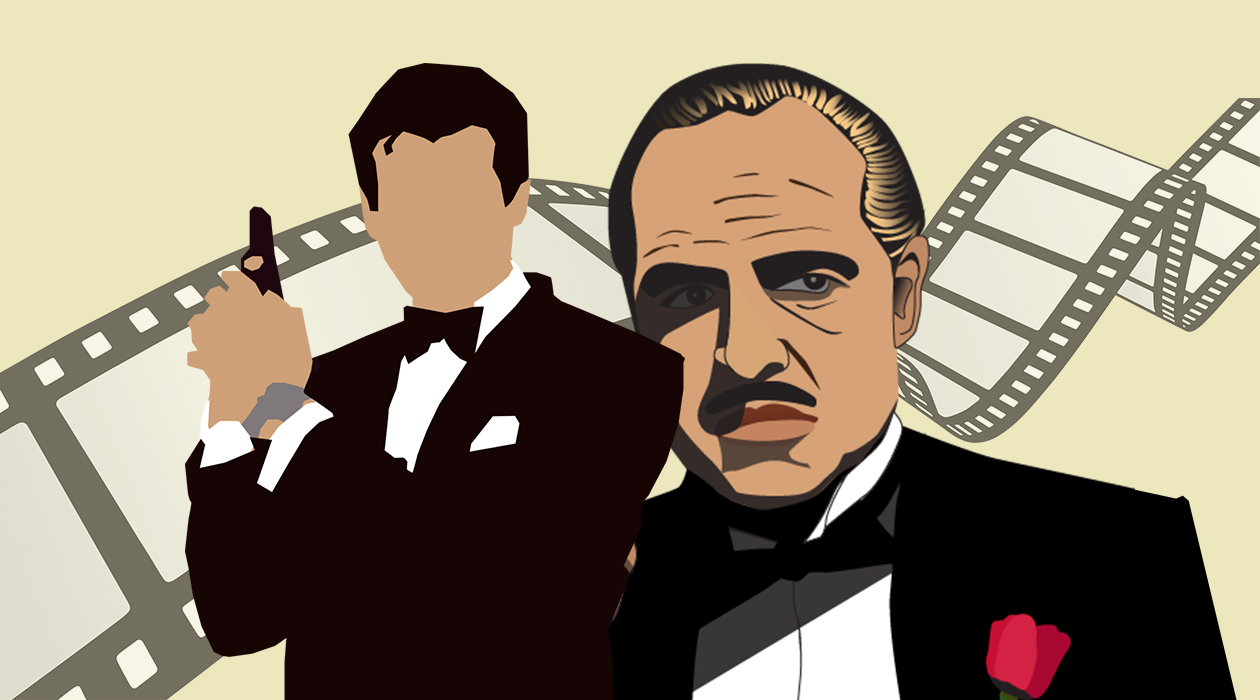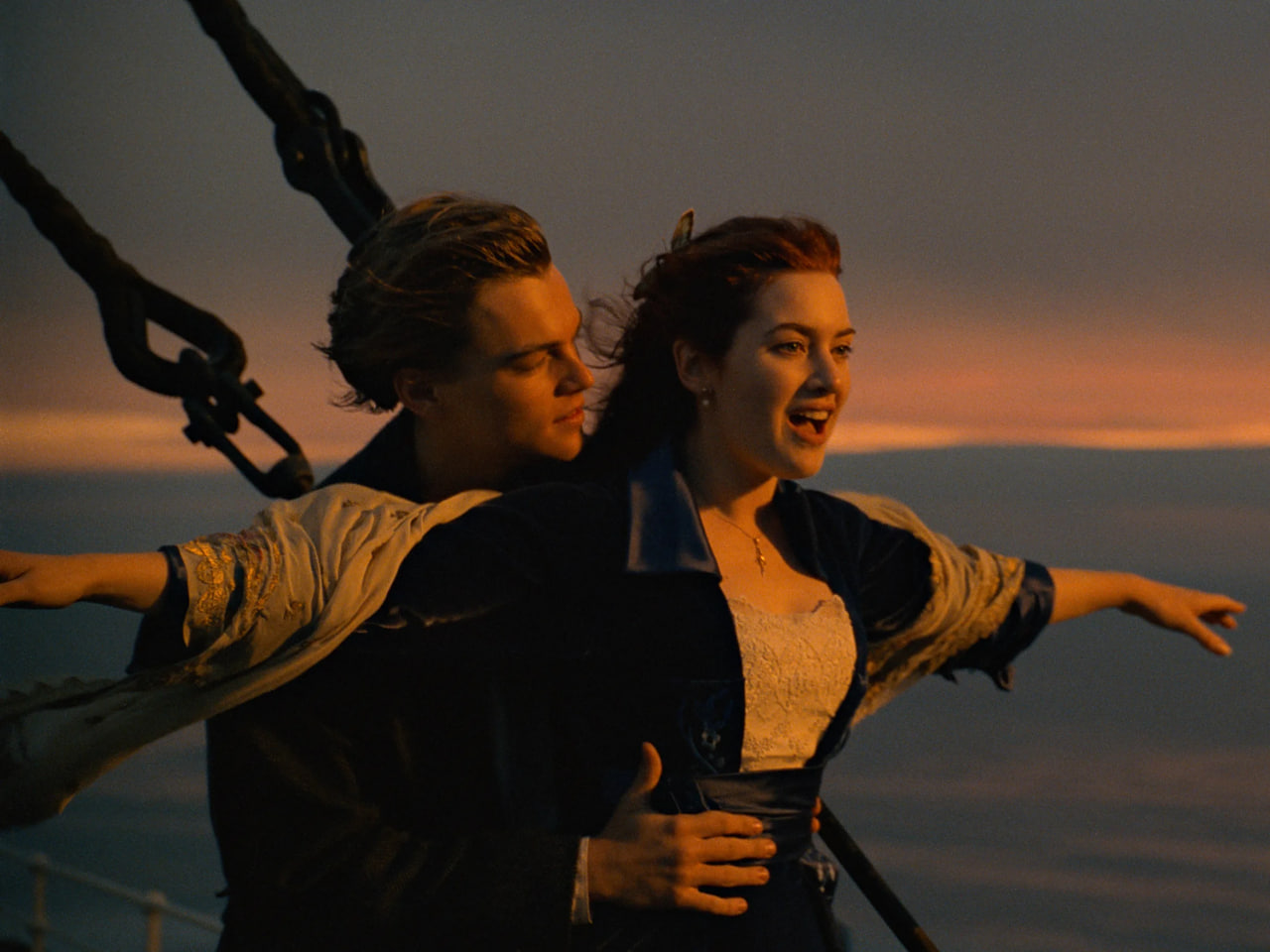Handsome men with white smiles, true machos, blockbuster heroes, saviors of the world, intellectuals and seductresses – increased attention has been paid to male images in cinema since the days of silent movies. That was in the 20s of the last century, and since then, the idea of a “real man” on the screen has repeatedly changed, and James Bond, Luke Skywalker or Indiana Jones have become cult characters that have shaped entire generations. at different times. Male images as role models for society have almost always met the demands of the age, and today, in the age of #MeToo, new ethical and strong female characters have also adapted to the changes: they are now increasingly replaced by the ubiquitous protagonists of action movies and westerns on the screen. There are many pro-feminists (Newt Scamander in Fantastic Beasts, Steve Trevor in Wonder Woman, Max Rockatansky in Mad Max) or subtle characters like The Danish Girl and The Danish Girl. action-packed drama Her.
On February 23, the main holiday of men, we recall how the approach to portraying masculinity has changed from decade to decade.
silent comedians
Charlie Chaplin became one of the first recognizable male characters in cinema and won the love of audiences immediately after the 1914 premiere of his first short film “Children’s Chariots.”
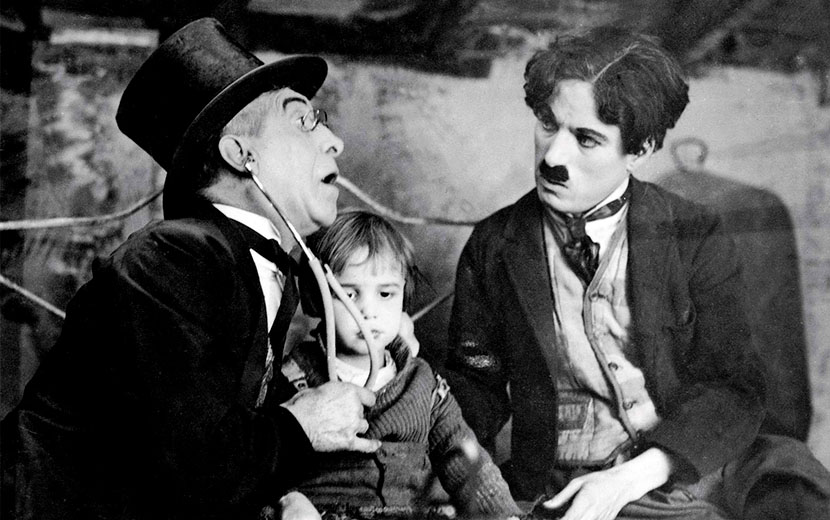
The Tramp Charlie he created was a jovial and gentle romantic who lived as he wanted, often got into trouble, but always ended his stories on a positive note.
It remained at the peak of popularity for about 20 more years, but the public was fed up with straight comedy skits, so Chaplin became deeper and at times more dramatic: in The Kid (1921), for example, he fights against social media. Injustice and Modern Times (1936) showed the changing world of industrial society during the Great Depression in the United States.
“Kings of Hollywood”
With the advent of sound in films (this happened in 1927), the requirements for actors also changed: now, instead of expressive facial expressions, striking appearance and theatricality, cinematography needed charismatic handsome guys with low voices and snow-white smiles.
Such men managed to defeat evil and conquer the lady of the heart, and they also turned out to be, as a rule, first-class singers and dancers – it is not surprising that in the 30s such a male image became a cult, and actors Humphrey Bogart, Clark Gable, Cary Grant and others of the first order they became stars.

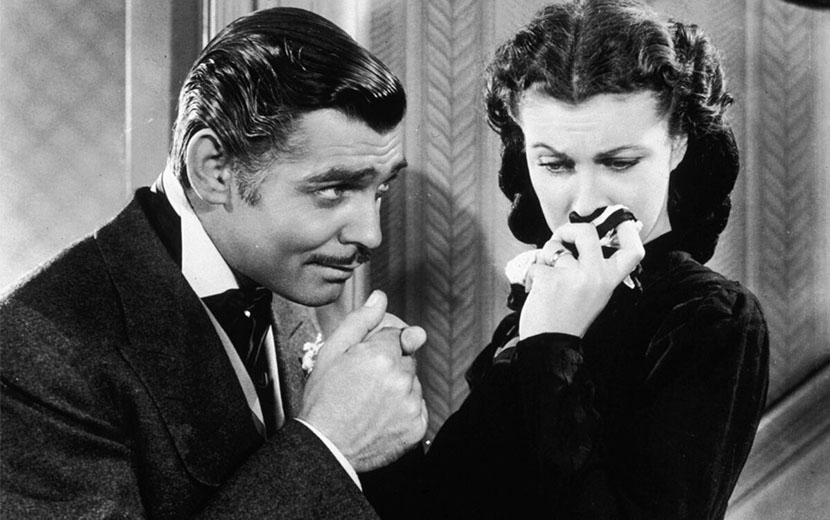
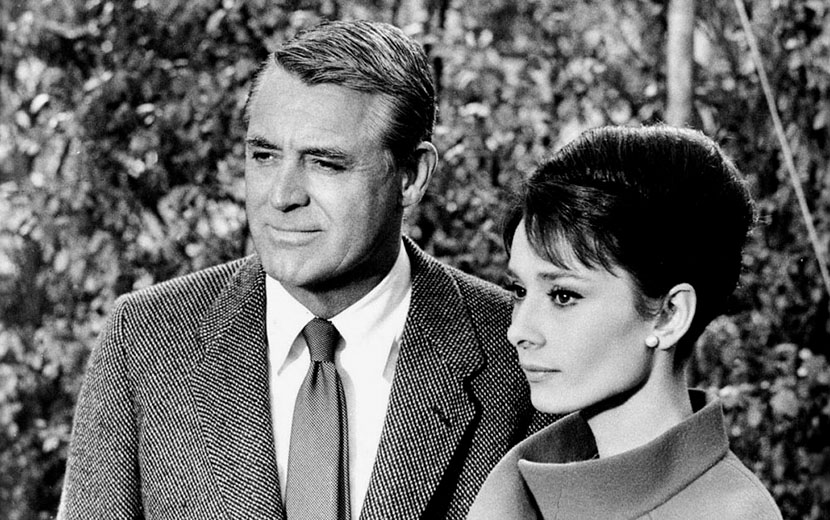
Meanwhile, all three were recognized by the American Film Institute as the biggest stars in the history of cinema, and Clark Gable received the status of Hollywood king.
exemplary guys
While Hollywood icons in bow-tie suits shone on the screen in the 1930s, the Great Depression that broke out in America would later lead to the emergence of a new male character type by the 40s. Society demanded a role model, a model to follow, and Hollywood responded with ambiguous heroes going through tremendous internal changes.
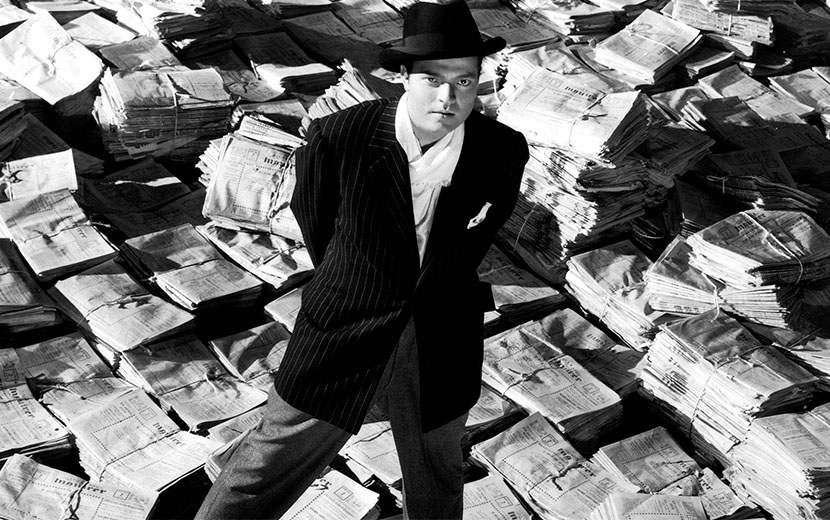
And sometimes they were the opposite of precedent, as in Orson Welles’ Citizen Kane (1941), in which the main character, media mogul Charles Foster Kane, transforms from “servant of the people” to a self-serving self-serving tyrant. power and money in their own interests.
For the American audience, its image has become a symbol of the collapse of capitalism and a clear example of a person turning off the righteous Christian path, and the drama itself was dubbed the best movie of all time for the next few decades.
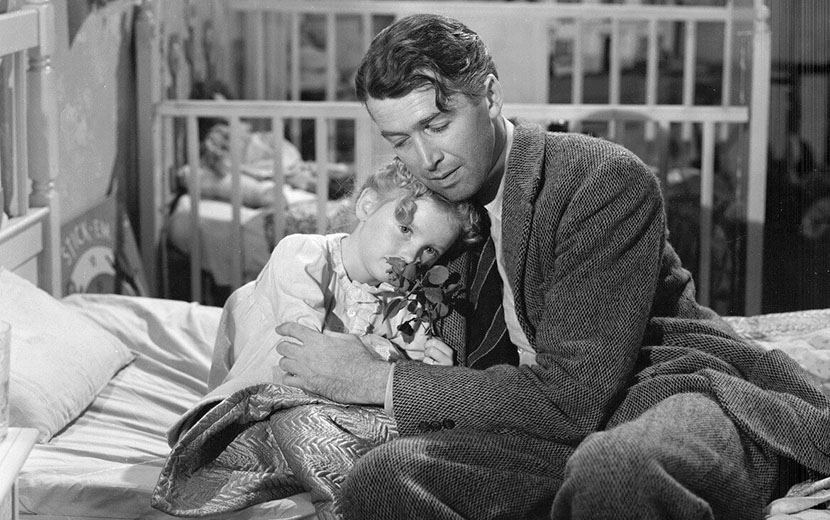
Later, in 1946, after the end of the Second World War, Frank Capra’s film “It’s a Wonderful Life” appeared on the screens, the main character of which every inhabitant of America can recognize himself: in pursuit of the “American dream”. Unable to withstand the accumulated financial, family and personal problems, the main character decides to commit suicide, but the angel that appears to him helps him understand that his life is not so bad.
At the time, this drama hit it off perfectly: Society needed to believe in uplifting stories and a brighter future after the economic crisis, a wave of suicides, and rising crime, and “It’s a Wonderful Life” provided a disastrous “happy ending” was needed.
“Bond, James Bond” and the revival of the Western
The exemplary and caring family father, popular in the early 40s, was replaced by secret agents and spies – real gentlemen and first-class warriors. This happened in the 60s at the beginning of the Cold War, when you wanted to believe in someone strong and almost invincible, and such a hero was on the pages of the novels of the English writer Ian Fleming.
Screen adaptations of the stories about undercover MI6 intelligence agent James Bond were a huge success and made a world-famous star out of Sean Connery and the other cast who took the role: among them Roger Moore, Timothy Dalton, Pierce Brosnan, and Daniel Craig, who said goodbye to Bond only last year. and dedicating 15 years of his career to her.
007 was notable for its conciseness, determination, professional use of weapons and, of course, a good list of mistresses (such images of women on the screen are called “Bond’s girlfriend”) – what else is needed to save the world?
Overall, the sixth decade of the 20th century was fertile for new imagery, and the western, with its spy action films, enjoyed its heyday.

Interest in the genre grew when Sergio Leone’s (“A Fistful of Dollars,” “For a Few Dollars More,” “The Good, the Bad, the Ugly”) “Dollar Trilogy” was released alongside Clint Eastwood as a fearless cowboy. sprang up, and the actor himself made an icon.
In fact, his “nameless man” was an analogue of modern superheroes – strong, sincere and well-liked by women. Unless you have supernatural powers.
Don Corleone and “my boyfriend”
The 70s passed for cinema under the auspices of the revolution in gangster cinema and the era of blockbusters.
First released in 1972, Francis Ford Coppola’s The Godfather movie is a cult and one of the best movies in history, a true textbook for understanding drama, with classic male characters portrayed by Marlon Brando, Al Pacino and a dozen top-notch actors. First, it was a very stylish movie in the best traditions of the mafia, and second, it did an excellent job of showing an extraordinary thug who cares about the continuity of generations, the cruelty of life and loved ones you empathize with. despite all his cruelty. The Godfather released one of the most epic sagas in the business and presented timeless archetypes to the audience.
Then, with the premiere of Steven Spielberg’s “Jaws” in 1975, the dominance of blockbuster films in cinema began. For its time (and even now) this movie was a masterpiece, hence the trend for big-scale movies with a budget of 7 million and three Oscars, $260 million at the box office, and big budgets designed primarily for profit.

Of course, with the new genre came new male characters – they were no longer just meant to meet the needs of the American audience, but were designed for the international market, but remained just as strong by nature, confident and ready to save the planet at any moment. moment. Now he just became my “boyfriend”.
First appearing in George Lucas’ space epic Star Wars: Episode 4 – A New Hope (1977), Luke Skywalker became an exemplary hero of that time, close to the 80s.

Meanwhile, Indiana Jones was a model for Marty McFly, John McClane, thanks to the first “extraterrestrial” hero in cinema and also the kind of man who discovered the power hidden within himself.
According to this scenario, dozens of popular blockbuster films will be built in the future: Back to the Future, Die Hard, even the modern Avatar.
Super heroes
At the turn of the 20th and 21st centuries, Hollywood bought comics, but reluctantly filmed them – fantastic stories about people with superpowers that are watched everywhere today did not give studios hope. The bet was mainly on cartoons and television series, but there were successful exceptions: Tim Burton’s Batman with Michael Keaton in 1989 made the Dark Knight a cult character, raising $411 million with a budget of 35 million. high marks and also glorified “Oscar” for the stage and “Superman” Christopher Reeve in 1978.
In fact, the industry finally capitulated to comics only at the beginning of the year, when Tobey Maguire and Spider-Man hit the jackpot in 2002, bringing more than $800 million to Sony Pictures Entertainment. The public demanded glasses, and perhaps there was no more fertile field for this than comics.
Cinema has taken on a new type of man, along with the so-called superheroes – these are superhumans brought to perfection, invincible fighters for justice, absolutely defeated evil and saved the world from destruction. But most of the time they turned out to be alone – after all, no one wanted to endanger their loved ones.
“Thinking! Sexy now”
Thus spoke Sherlock Holmes, played by the beloved Benedict Cumberbatch.
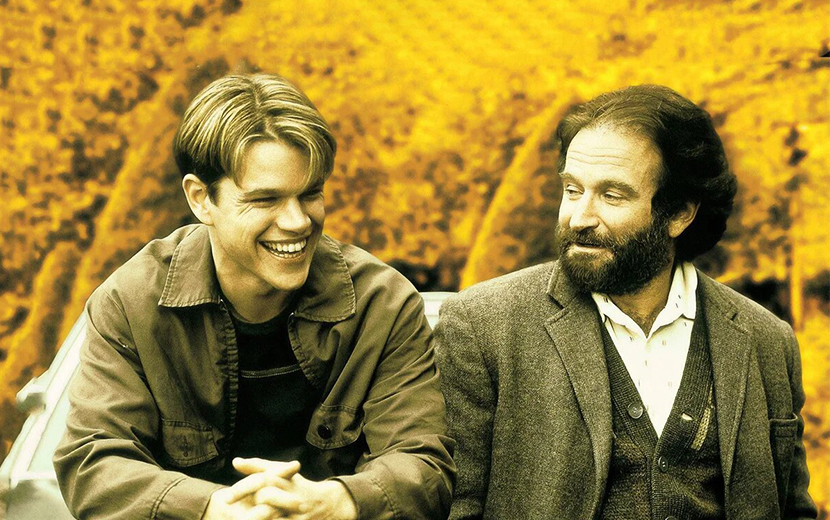
Yes, while millennials were shooting the blockbuster movies Iron Man, Batman, and Superman in the early 2000s, another segment of Hollywood decided to make it memorable and elevate it to number one on the character traits rankings.
This is how real intellectuals came to be in the cinema, solving problems without the use of force: John Nash in A Beautiful Mind (2001) Will Hunting in Good Will Hunting (1997), and even Tony Stark in Iron Man (2008) found himself first as a genius, only then as a billionaire, playboy, philanthropist.
new masculinity
The new ethic, the #MeToo movement, the independent women in the lead roles has of course forced Hollywood to reconsider its approach to portraying men.
Revolutionary in this regard was the 1993 movie “Philadelphia,” in which Tom Hanks played the role of a lawyer fired from his job for being gay with AIDS. “Philadelphia” was one of the first examples of mainstream cinema to portray the LGBT community in a non-comic way, as has been done before (for example, in “Tootsie” in 1982). Art became freer, and the heroes began to break into the box office, about which they tried not to talk before. These were subtle characters who did not hide and were not afraid of emotions and feelings, seeking themselves and rethinking what was imposed on them yesterday as the only acceptable norm. That’s it for Brokeback Mountain (2005), Harvey Milk (2008), Eddie Redmayne’s absolutely brilliant performance as the first transgender woman in The Danish Girl (2015), Her (2013), Moonlight (2016) and many more.
Also, the men broadcast to us on the big screens stopped treating women as accessories and took a pro-feminist position.
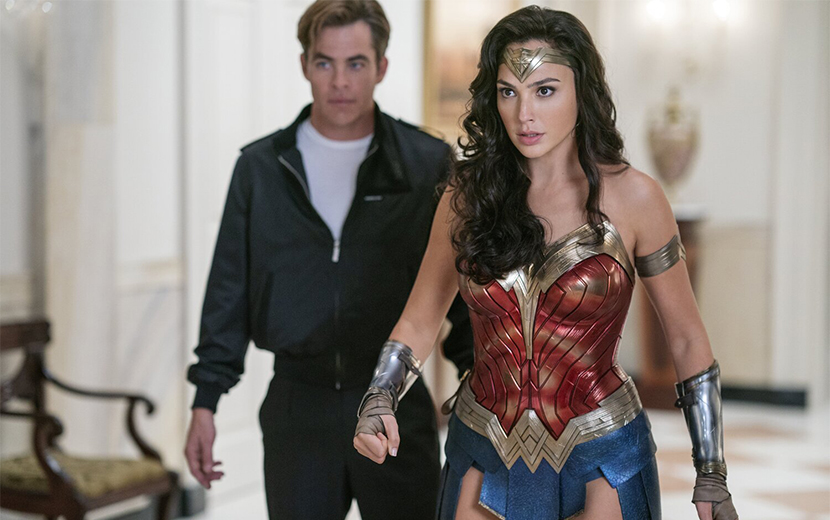
This can be seen, for example, in Mad Max: Fury Road (2015), where Charlize Theron was given a key role, and Tom Hardy made her a devoted friend who helped free her from the patriarchal underpinnings of Immortal Joe or Wonder Woman (2017), the ball and men’s where he is run by a girl despite his initial suspicions.
The axiom “men don’t cry” is a thing of the past, giving cinema more opportunity than ever before, and yesterday’s knights and cowboys finally have room to ponder. The hero of our time is not a man of steel, but “Handsome Boy” with Timothée Chalamet or “The Erased Personality” with Lucas Hedges, and he can also fight injustice, but without the indifference that existed in men before. And it’s not getting any worse.
Source: People Talk
Errol Villanueva is an author and lifestyle journalist who writes for The Fashion Vibes. With a passion for exploring the latest trends in fashion, food, travel, and wellness, Errol’s articles are a must-read for anyone interested in living a stylish and fulfilling life.

